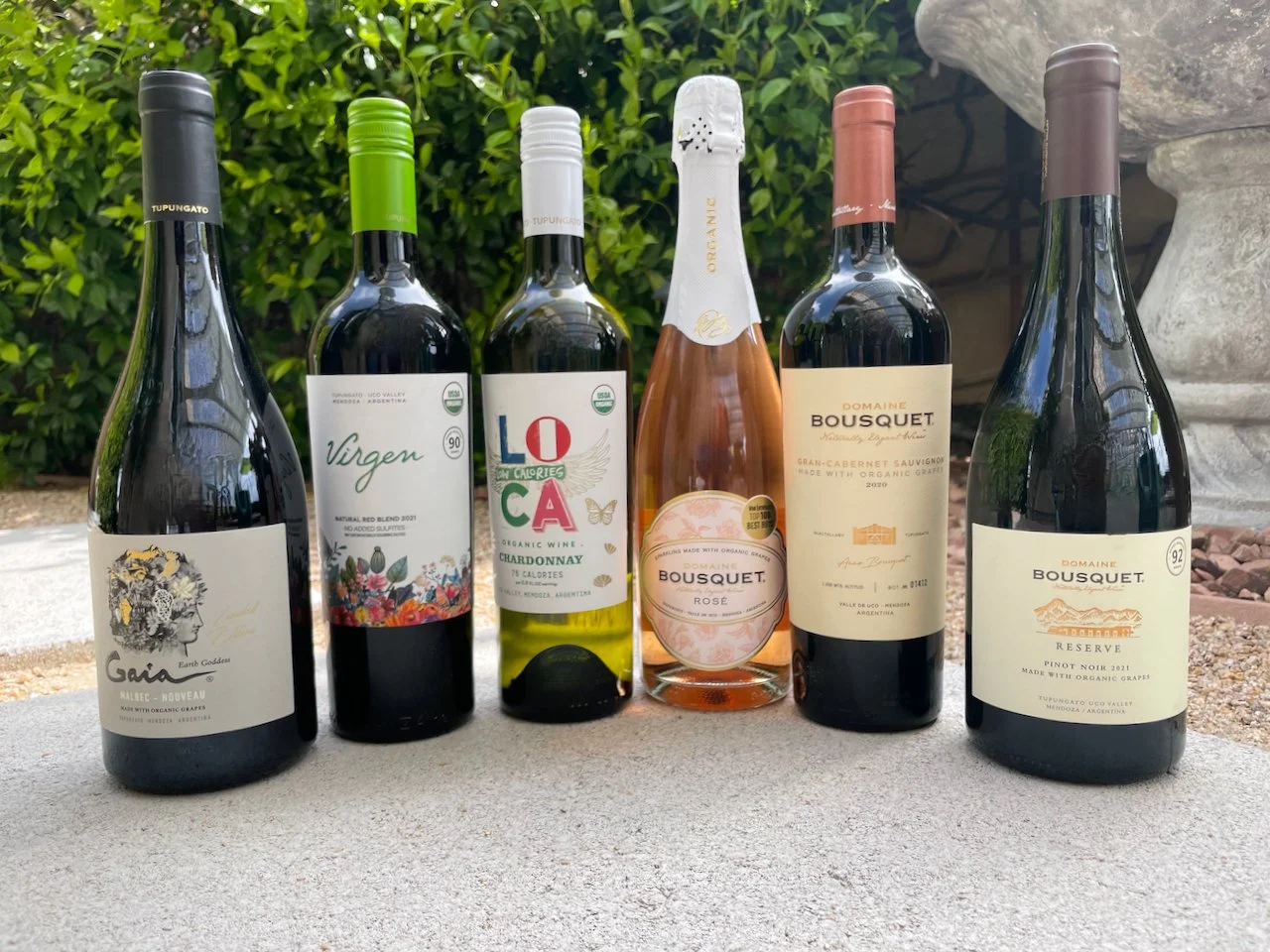Non-alcoholic wines have been around for years. But, you may have wondered:
“What exactly is non-alcoholic wine?”
“How is it made?”
“Is it any good?”
First, let’s look at non-alcoholic wine. It actually is ‘real’ wine that’s been made from fermented grapes. It can have similar flavors to wine, just without the alcohol. Although, non-alcoholic wine may still contain a very small amount of alcohol. So, check the label - it will tell you the exact amount of alcohol that it contains.
Now, let’s take a brief look at how non-alcoholic wine made. As stated previously, it starts with "‘real’ wine made from fermented grapes. Then it goes through one of two processes to remove the alcohol. One method is called vacuum distillation where the wine is heated to temperatures where the alcohol begins to evaporate. This temperature is below the boiling point of the wine but, because the boiling point of alcohol is lower than water, the alcohol ‘boils’ off and is pulled away in a vacuum chamber.
The other method is reverse osmosis. This process uses an extremely fine filter that only allows the water and the alcohol to pass through. The filter catches all the fine grape particles that give the wine its color, its tannin and its flavors. The mixture of water and alcohol is then distilled to remove the alcohol. The left-over water is then recombined with the grape solids to form a non-alcoholic wine.
The same processes are used for “low calorie” or low-alcohol wines except they don’t remove all the alcohol.
Now, there’s the final question “Is non-alcoholic wine any good?” And, as you might have guessed, it’s not as good as “real” wine but it does have a lot of similarities. We’ll discuss this a bit more next time. Until then, Cheers!






